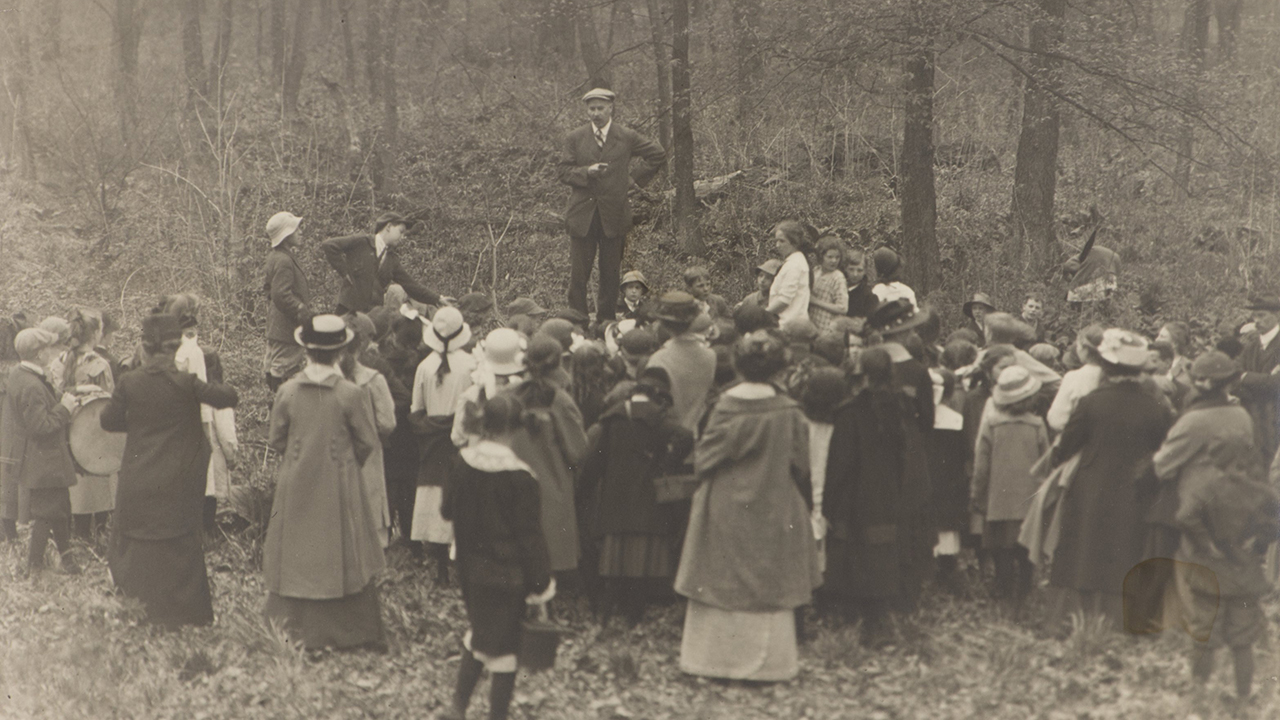About Cornell
Knowledge for the greater good
We have taken to heart the revolutionary spirit that founded our university and encourage each other to pursue unpredicted lines of thinking in order to effect change on local and international scales.
Cornell Campuses & Locations
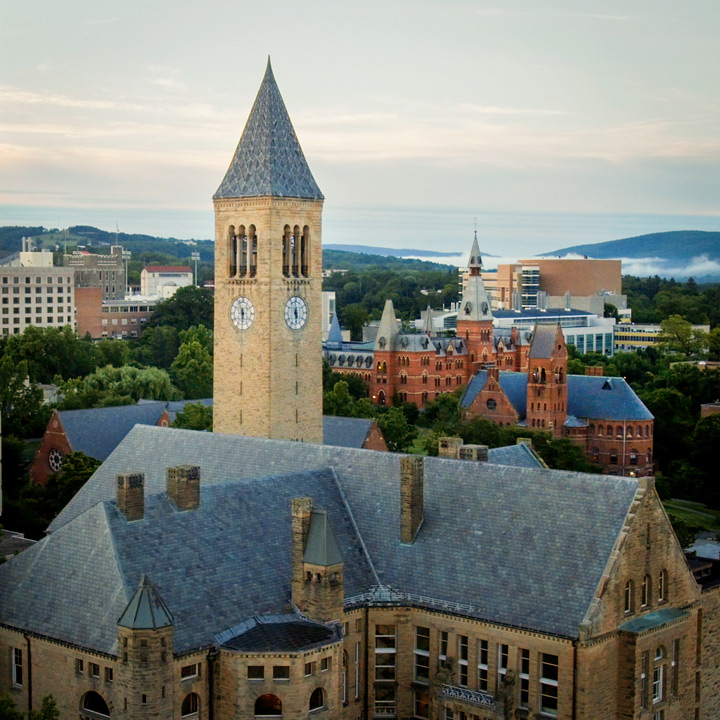
Located in Ithaca, NY, Cornell's main campus provides the experience of the traditional college campus: eateries, residence halls, academic buildings, libraries, and research facilities. But its natural beauty—the nearby lake, natural waterfalls, and gardens—set the campus apart from others in the Ivy League.
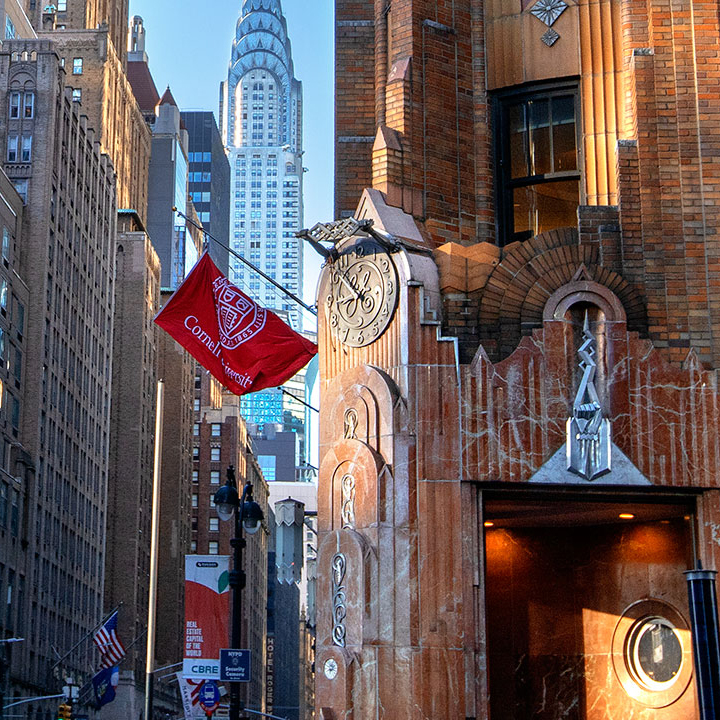
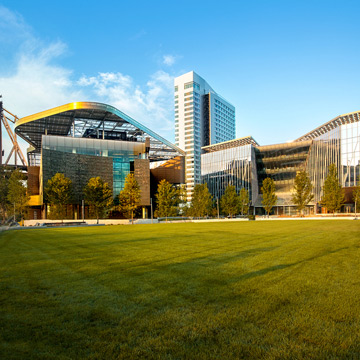
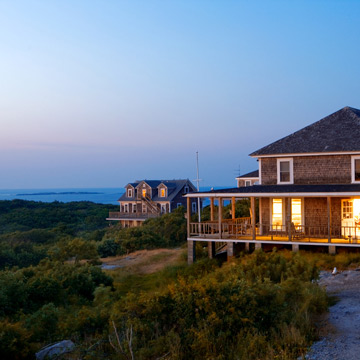
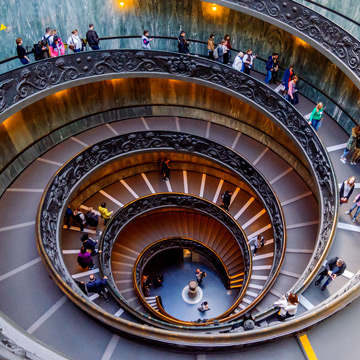
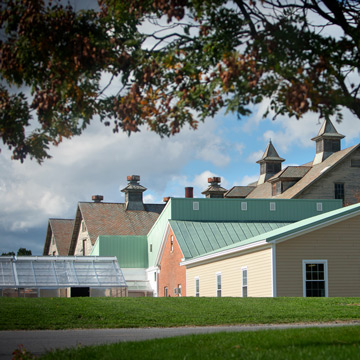
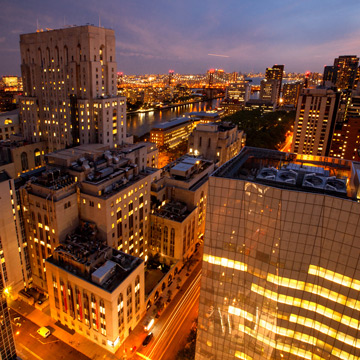
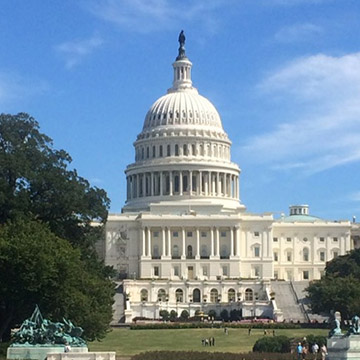
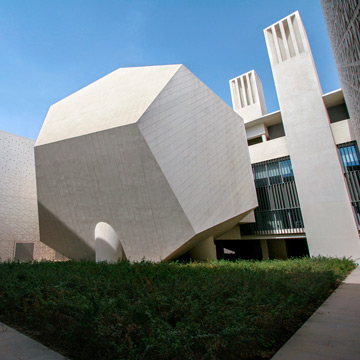
























Quick Facts
- Location
- Ithaca, New York
- Founded
- 1865
- Identity
- Private university, public mission
-
16,071Undergraduate Students
-
10,213Graduate and Professional Students
-
2,950Faculty
-
51Nobel Laureates
-
$459Mundergraduate grant aid (FY25)
 See All University Facts
See All University Facts
Our Profile
Cornell is a privately endowed research university and a partner of the State University of New York. As the federal land-grant institution in New York State, we have a responsibility—unique within the Ivy League—to make contributions in all fields of knowledge in a manner that prioritizes public engagement to help improve the quality of life in our state, the nation, the world.
Cornell Through the Years
More than 150 years of excellence in education, research and public engagement have given Cornell a unique history that is rich with innovation and tradition.
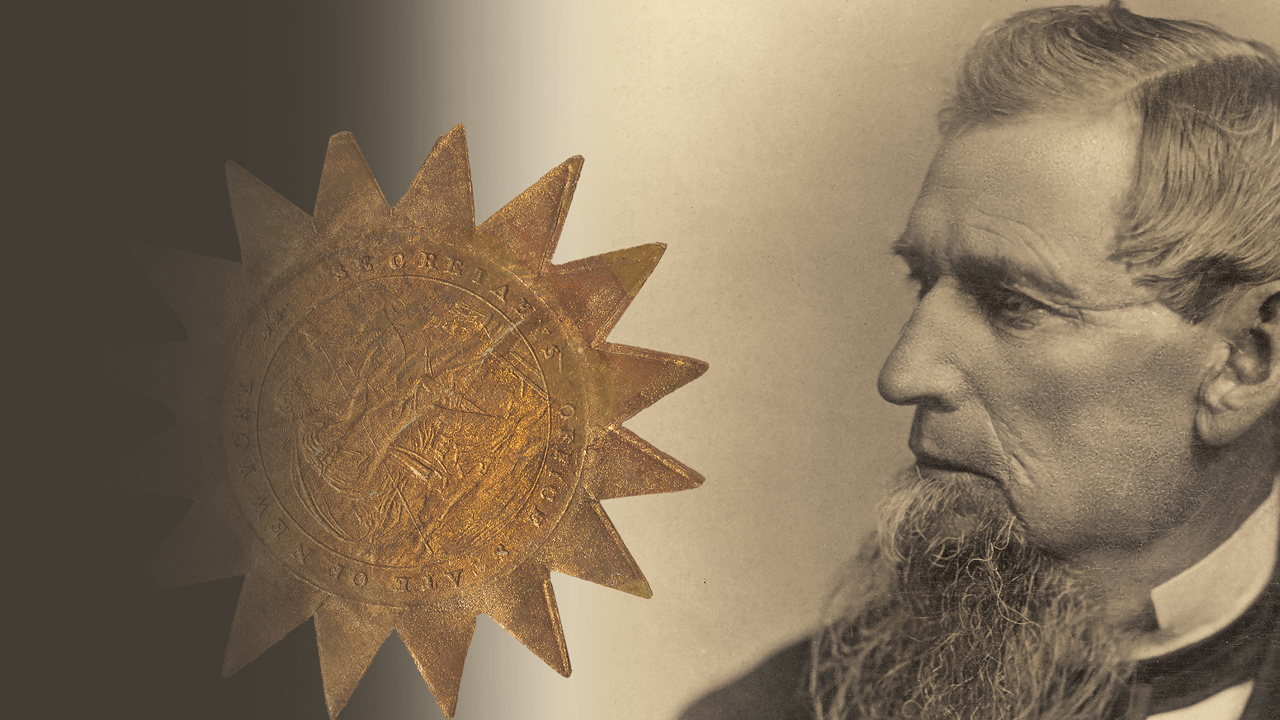
NY State Senate passes the bill that establishes Cornell University on April 27.
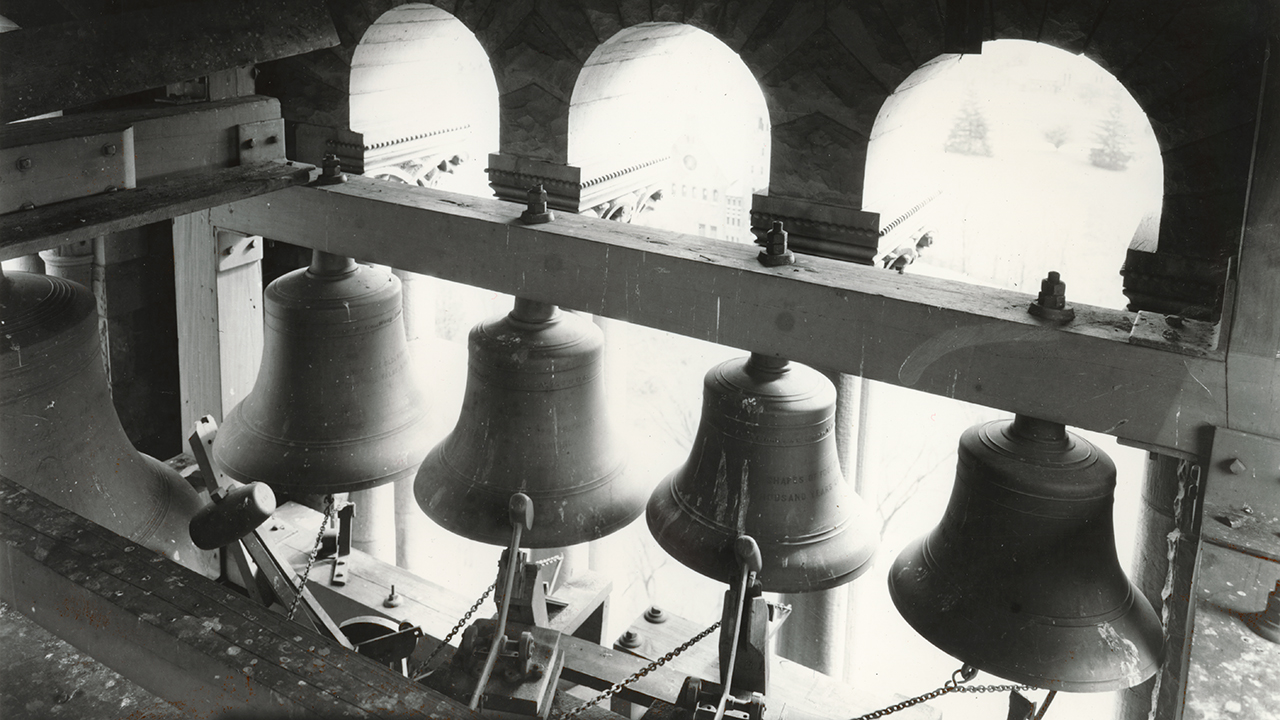
The original set of nine bells first rings out at the university's opening ceremonies.
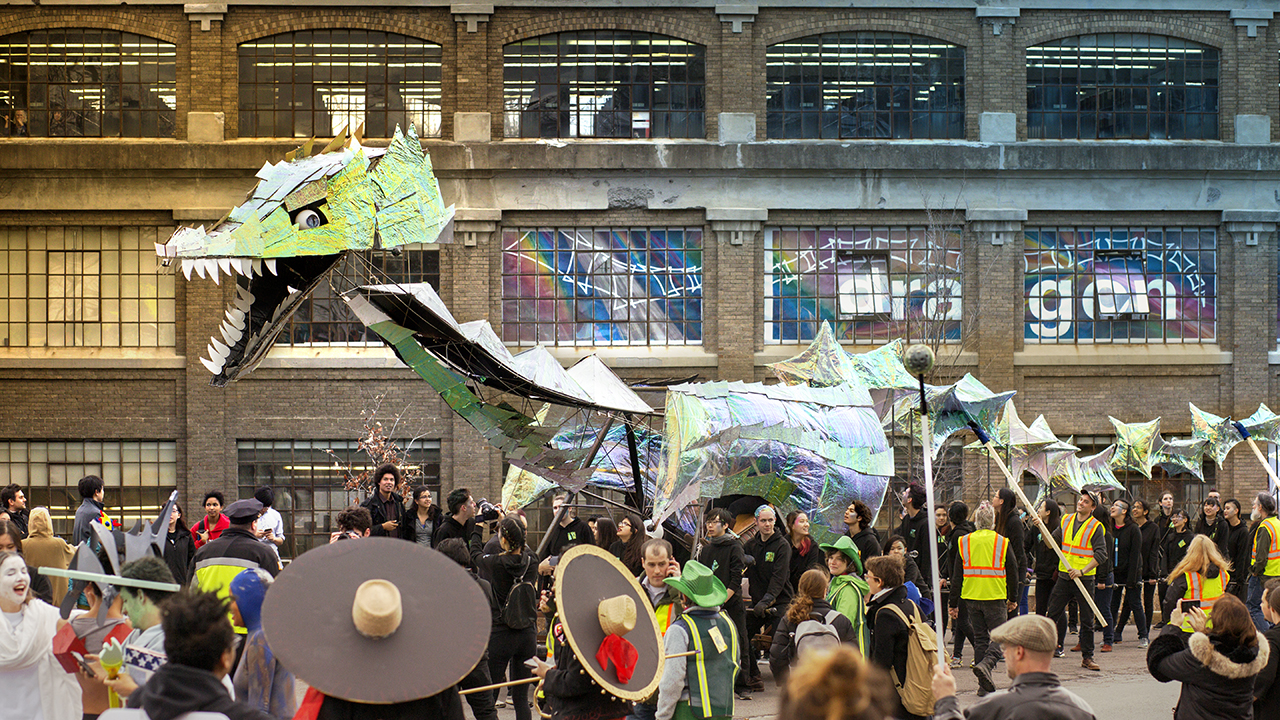
Inspired by an idea from Willard Dickerman Straight 1901, the first Dragon Day is held.
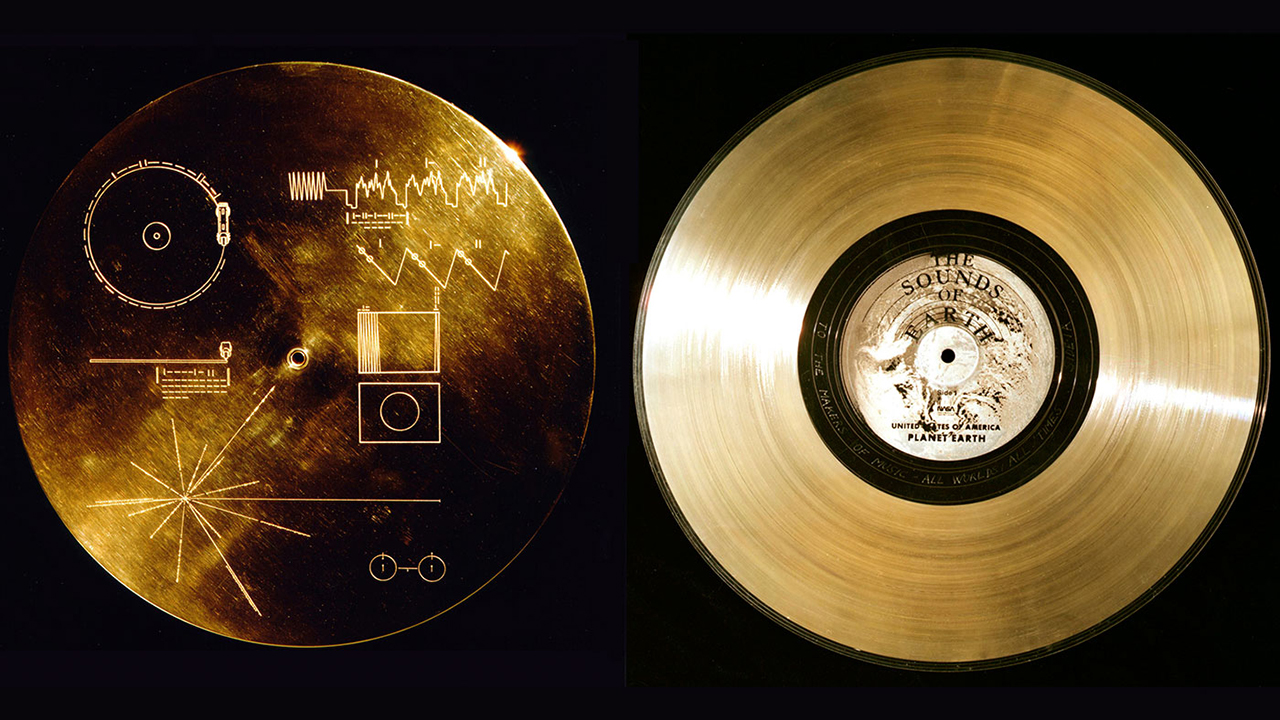
Cornell astronomers and astrophysicists are extensively involved in the missions of Voyager 1 and 2 to explore the outer solar system.


Get to know Cornell by exploring the events that have shaped the university from 1865 to today.
